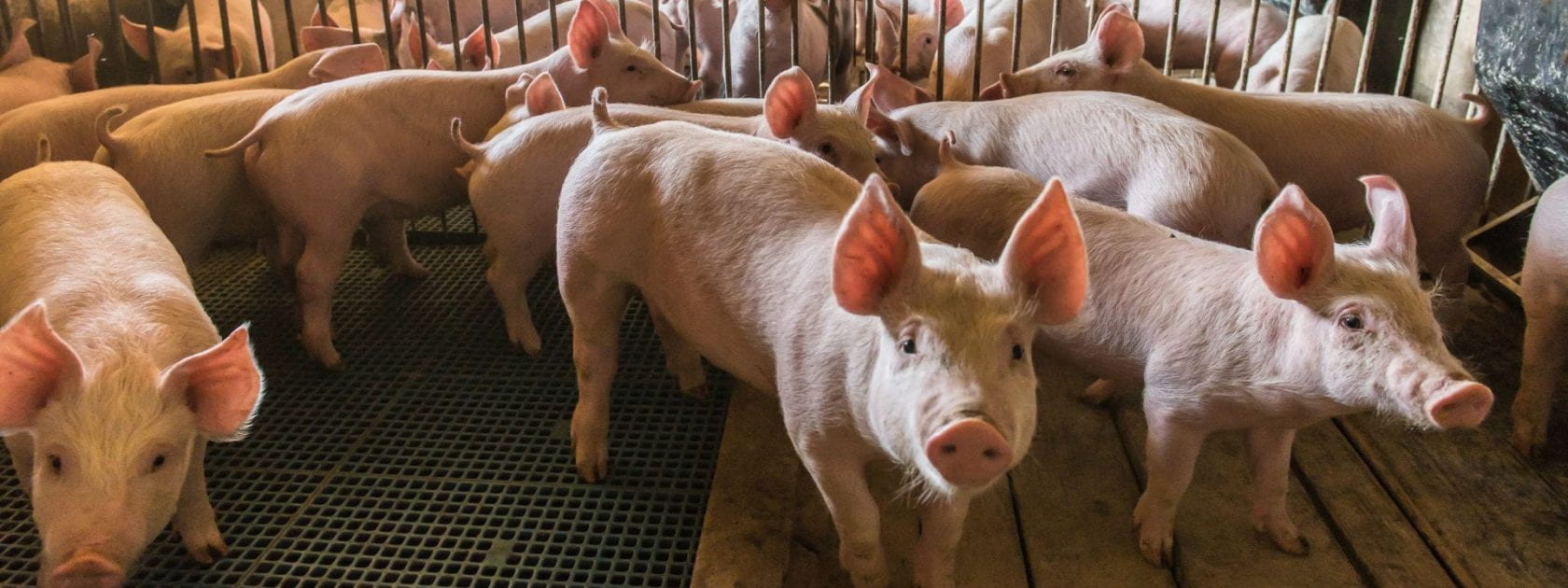By Violet Hipkin
With Alexandra Harlander, Elijah G. Kiarie, Michelle Edwards and Tina M. Widowski
Pecking blocks (PB), edible enrichment provided to poultry, create foraging opportunities and nutrient choices. PB vary in composition, colour, and density. This study investigated relative preferences between 3 commercially available PB: A. fiber, mineral, B. fiber, mineral, molasses, C. mineral in 2 strains of hens. It was hypothesized there would be strain differences between preference. White (n=120) and Brown (n=120) hens were housed in groups of 20 in 6 floor pens per strain (N=12). At 19-40woa, each pen was provided 3 PB simultaneously on the litter with location of PB rotating weekly. PB were weighed weekly and PB disappearance (PBD) calculated as g/hen/day. PBD was analyzed with a repeated measures GLMM, where fixed effects were strain, PB type, location, and their interactions and pen was random. Behaviour directed at PB was quantified weekly for 10min of continuous video observation during 3 time periods: morning, afternoon, and before lights out. Inter-observer reliability for 4 observers was strong (Kappa=0.82). Data were analyzed with a binary model to determine whether the PB were pecked (yes/no), followed by a repeated measures GLMM for each strain to compare pecks (count) directed to each PB, where fixed effects were PB, time of day, location and their interactions and pen was random. PBD was affected by an interaction of strain by PB (F=10.30, DF= 2, P<0.0001) with the highest PBD of B for Brown and C for White. The type of PB pecked varied throughout the day for strains (Brown, F=2.49, DF=4, P<0.0421) (White, F=28.29, DF=4, P<0.0001) with White preferentially using C before lights out (P<0.0001). Results show preferences for PB, varying with strain and time of day, providing evidence that PB may be used to satisfy motivations that change throughout the day. Next steps include investigating effectiveness of PB on feather pecking damage in commercial flocks.




